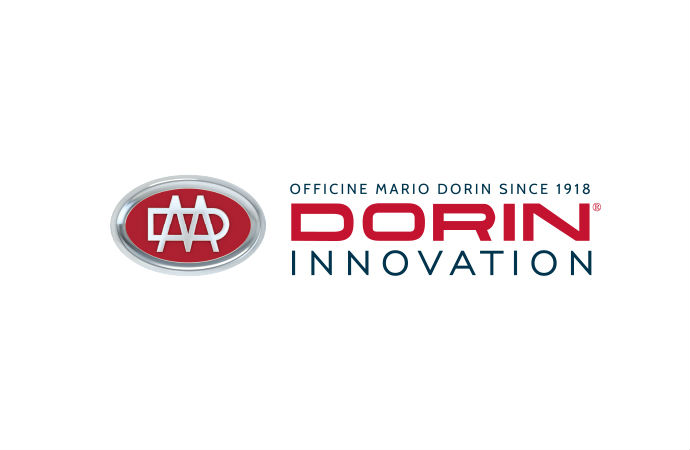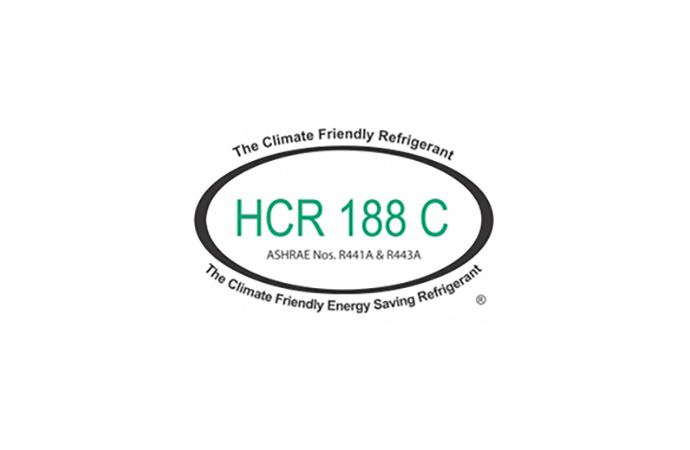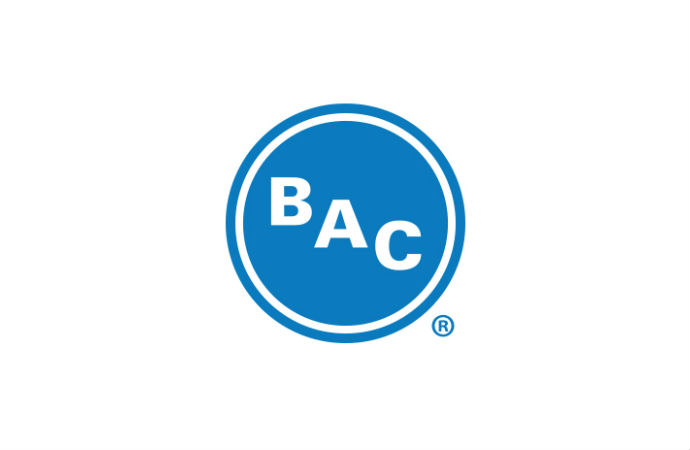In this exclusive interview, hydrocarbons21.com community member John Cantor talks about the Lazonby open-air community Swimming Pool heat pump (Penrith, UK) system, which will be completely renovated/replaced for the 2013 season and where John hopes to use hydrocarbon (HC) refrigerants.

hydrocarbons21.com: Can you tell us about the Lazonby Community open-air Swimming Pool renovation project, and your plan to use R290 as the refrigerant?
JC: There are several community-owned open-air swimming pools around Penrith in the UK's Lake District. Most were originally oil heated, and funding the fuel bills had always been a challenge. In 1982, I was lucky enough to get contracts to install heat pumps at two of them; Lazonby and Greystoke.
I based the original design on Maneurop hermetic compressors, and used refrigerant HCFC R22. This was the obvious choice at a time when issues about ozone decay were only murmurings. Lazonby was to use the adjacent river as a heat source, whilst at Greystoke, I had no choice other than to use air-source. Both installations were very simple and robust, they proved to be very energy-efficient and reliable.
It is rarely cost effective to build a bespoke system, and it is likely that Greystoke will soon install a package-unit air source replacement (not that this would last as long as the original). However, due to space limitations and other factors, plus the advantages of the river source, and the expected longevity, it was decided that I should rebuild the existing system at Lazonby using up-to-date components.
With the growing interest in natural refrigerants, I have decided to do my best to use a hydrocarbons if possible. Apart from the environmental advantages, as time goes on, F-gas refrigerants seem likely to come under tighter regulation. If the new plant lasts as long as the old one, it will still be in use in year 2044! , so HC's should be a good long-term choice. For compressors, I am expecting to use Scrolls, and to my knowledge, Hitachi are the only company offering R290 models at present.
The source at Lazonby involves a submersible pump chamber in the river Eden, and water is fed to a purpose-made heat-exchanger up the bank. Some pumping-power is saved by the syphon effect of the outlet pipe. To my mind, the heat-exchangers fitted to pool heat pumps are generally not designed with long-term energy-use interests. To that end, the heat-exchangers sketched on the drawing board have plenty of surface area. My intention is to manufacture these items.
hydrocarbons21.com: What are the biggest challenges this project faces?
JC: In 1982 there were no CE marks, no Control of Substances Hazardous to Health (COSHH) and no Pressure Equipment Directive (PED). For me, one of the biggest challenges is interpreting and complying with the regulations. However, there is advice to be had, and there should be no reason why this issue should be insurmountable.
As a very small OEM, sourcing some of the components at a good price is a challenge, especially the correct cupro-nickel pipe for the heat-exchangers. Finding suitable compressors may also be a problem since most available models are smaller than required. However, multiple smaller systems would have several advantages including reducing the refrigerant charge weight.
hydrocarbons21.com: Do you know of any other R290 heat pumps installed in the UK? Or of any other natural refrigerant heat pumps installed in other swimming pools?
JC: Since air source pool heat pumps generally sit out in the open, they should be good candidates for HC refrigerants, but these appear to be very rare. The only ones that I am aware of are the odd few that I have made in the past, but I would hope there to be some others about. There are extra costs relating to the need for sealed electrics. This may be one point to hinder their adoption.
One natural refrigerant installation that was well ahead of its time was the ice rink in Durham. The refrigeration plant was powered from a hydro-turbine and it used R717 Ammonia. Sadly, the site of the old ice rink is now occupied by offices and a restaurant.
hydrocarbons21.com: How has market for R290 heat pumps evolved over the past decade? What do you see as the opportunities and challenges facing R290 heat pumps?
JC: I am not exactly sure why Stiebel Eltron dropped their hydrocarbon models. Probably in-part due to a lack of suitable compressors. There are of course limitations, and the fact that the plant-room volumes needed to be big enough can be a problem, so I guess one can see why non-flammable refrigerants won the day.
Smaller systems have been available from Dimplex and Nibe amongst others, but I see no evidence that any manufactures are promoting any benefits of HC's. Indeed, in the UK, sales information for domestic fridges very rarely mention what refrigerant is used. It seems likely that manufacturers don't want to complicate issues by offering both HC and HFC heat pumps – its not economic. Neither the installer or customer is asking for HC models, and the customer only knows what the installer offers them.
hydrocarbons21.com: You previously installed Stiebel Eltron and Neura package-unit hydrocarbon heat pumps. Can you tell us about some of these installations?
JC: I attended Stiebel Eltron's in-house training in Germany for ground source heat pumps (that use hydrocarbon R290) around 2002. This was a time when I was shifting my business away from manufacturing bespoke heat pumps. The Stiebel units were designed for indoor use, and had a special ventilation duct and small fan that maintained a negative pressure in the cabinet. They used Bristol Inertia compressors, and offered COPs comparable to standard scroll systems. Unfortunately Stiebel discontinued these around 2004 in favour of R410A models. All-in-all the cost and efficiency of the R290 units was good, and the fact that 65°C water was possible made these units ideal. With the way that the legionella requirements panned out, it is a shame that the R290 models are not still in use, since no electric element is needed to achieve pasteurisation.
I only installed 4 of these units, and to my knowledge none had any technical problems, and are all still in operation. I found them more reliable than HFC models.
I imported a couple of Neura direct-expansion (DX) inverter drive systems from Austria to assess. It was an elegant system in many ways, but not without limitations. However, the UK grant system seemed unlikely to support DX systems, and rightly so to my mind as most systems would use an HFC. It struck me that the only responsible refrigerant to use on DX systems was a HC. For various reasons I took this no further.
hydrocarbons21.com: How do you think UK investment in natural refrigerant heat pumps compares with that of other European countries?
JC: We are all waiting to see how the Government's 'Green Deal' (that should be in operation this year) will affect heat pump sales. This is a financial infrastructure to support green technologies. 20-30 years ago there was mass-uptake of gas central heating, and some believe that heat pumps could become as common in the future. There are however plenty of sceptics – we really don’t know how it will pan out, and both installers and home-owners seem to still be on the learning curve. We do have a relatively mild climate, so air source may become common, and hydrocarbons could be used here. CO2 may also have applications for older houses where radiators require temperatures around 50°C or more. Installation costs are probably too high at present to make CO2 heat pumps attractive enough.
Thank you!
Thank you!
MORE INFORMATION
Related stories


















_1490973133.png)

